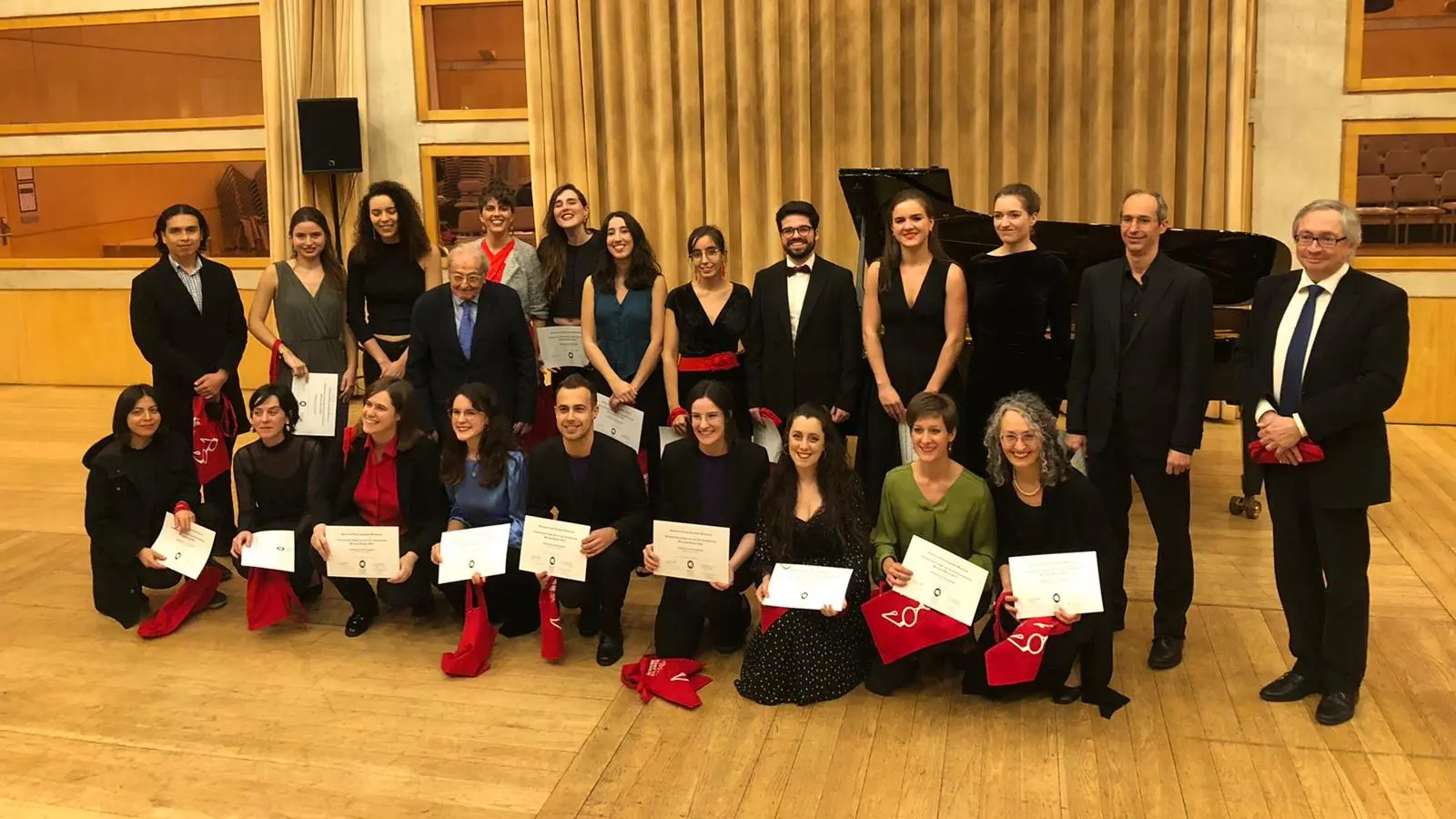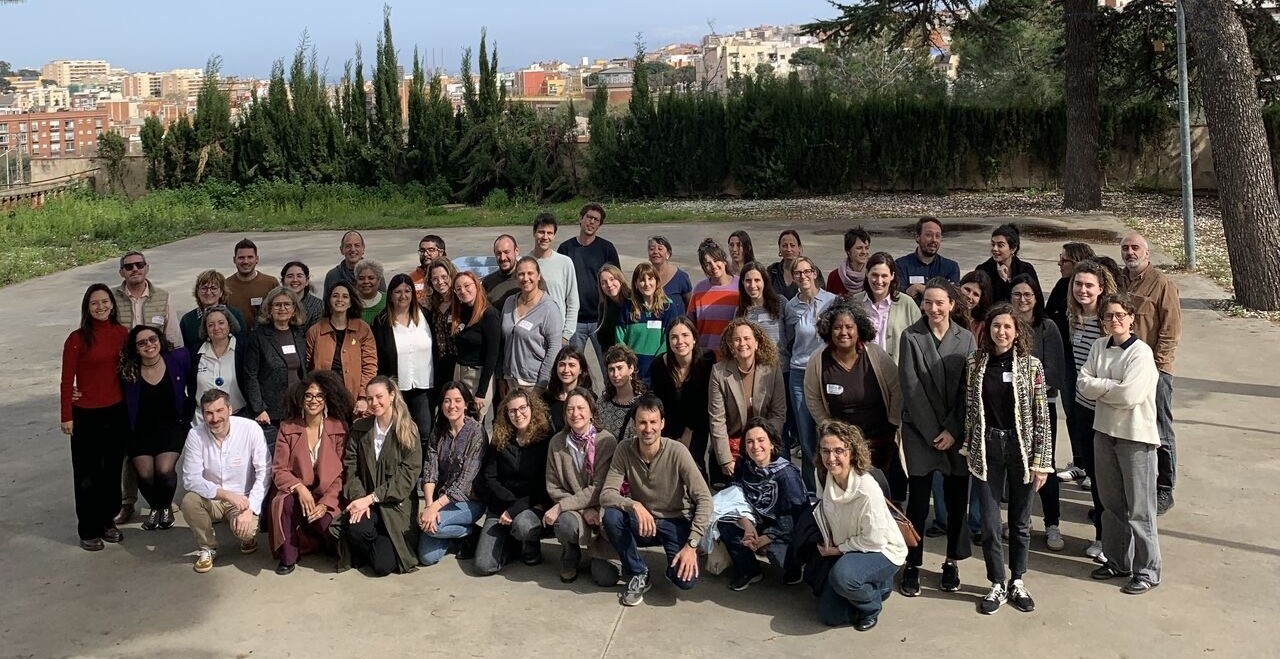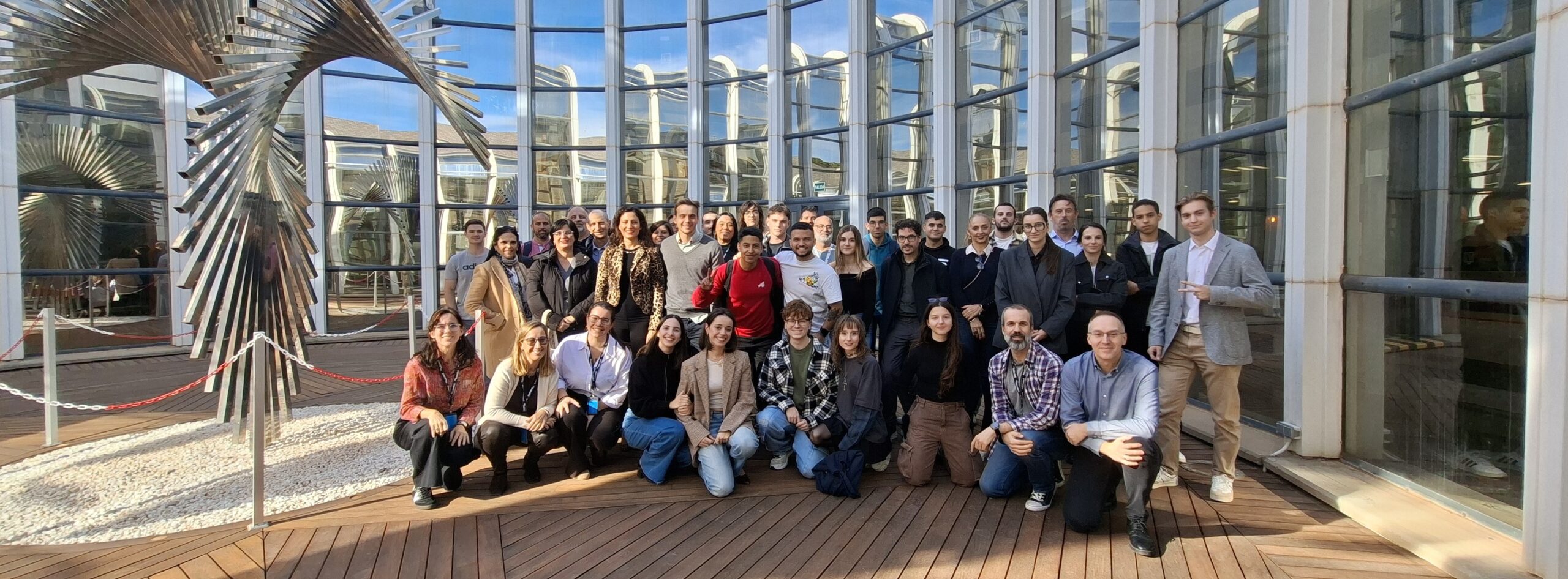
More than 25 years ago, doctor and musical manager Jordi Roch observed that higher training in classical singing focused only on the study of opera, leaving aside other repertoires that require completely different methodologies and interpretations. Based on that idea, Roch decided to run the first ever course in Lied interpretation, a pioneering training course which filled a gap in the higher educational system in Spain and which, over recent years, has established itself as an international benchmark in its field.
Victor Medem, director of the Asociación Franz Schubert and professor at the Escuela Superior de Música de Cataluña (ESMUC), tells us a little more about the history, development and significance of this course organised by ESMUC and the Asociación Franz Schubert, with which the Banco Sabadell Foundation has collaborated since 2018.
Medem tells us that the learning process in this field requires a prior knowledge of the poetic text that has been transposed into music by the composer. “It is only when the student understands and interiorises the content and form of the text (the poem), that he/she can give a valid musical interpretation.” And this is the objective of this course, which this year celebrated its 26th edition, running from 6-10 December, and which ended with a public concert performed by the students.
The course was taught by Wolfram Rieger, one of the world’s most highly reputed professors, and departmental head at the Universität Hanns Eisler of Berlin. “Rieger introduced the students to the tools they need to understand the thematic, emotional, linguistic and historical components of the works performed. With his classes, the students were able to understand the different dimensions of the work and gained a guide to channel their learning and shape their personal contribution to their interpretation.” explained Medem.
“The Lied course has been an indispensable tool for the enrichment and diversification of the Spanish musical panorama, particularly in terms of musical education. In its early years, the course filled a void in the higher education system in Spain. Many of the course students have gone on to further their studies in Central Europe and then returned to Spain, where they have incorporated their knowledge into study plans”.


